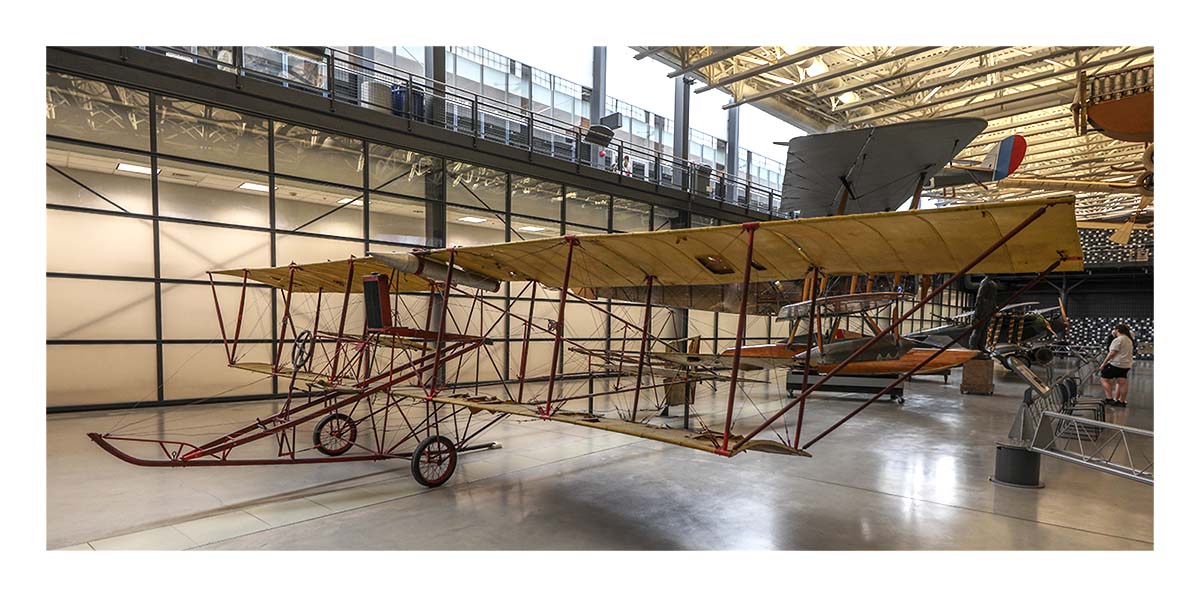
Baldwin Red Devil. Designed by Thomas Scott Baldwin, this is an example of an early pusher configuration. Fabric covered steel tubing instead of typical wood construction.
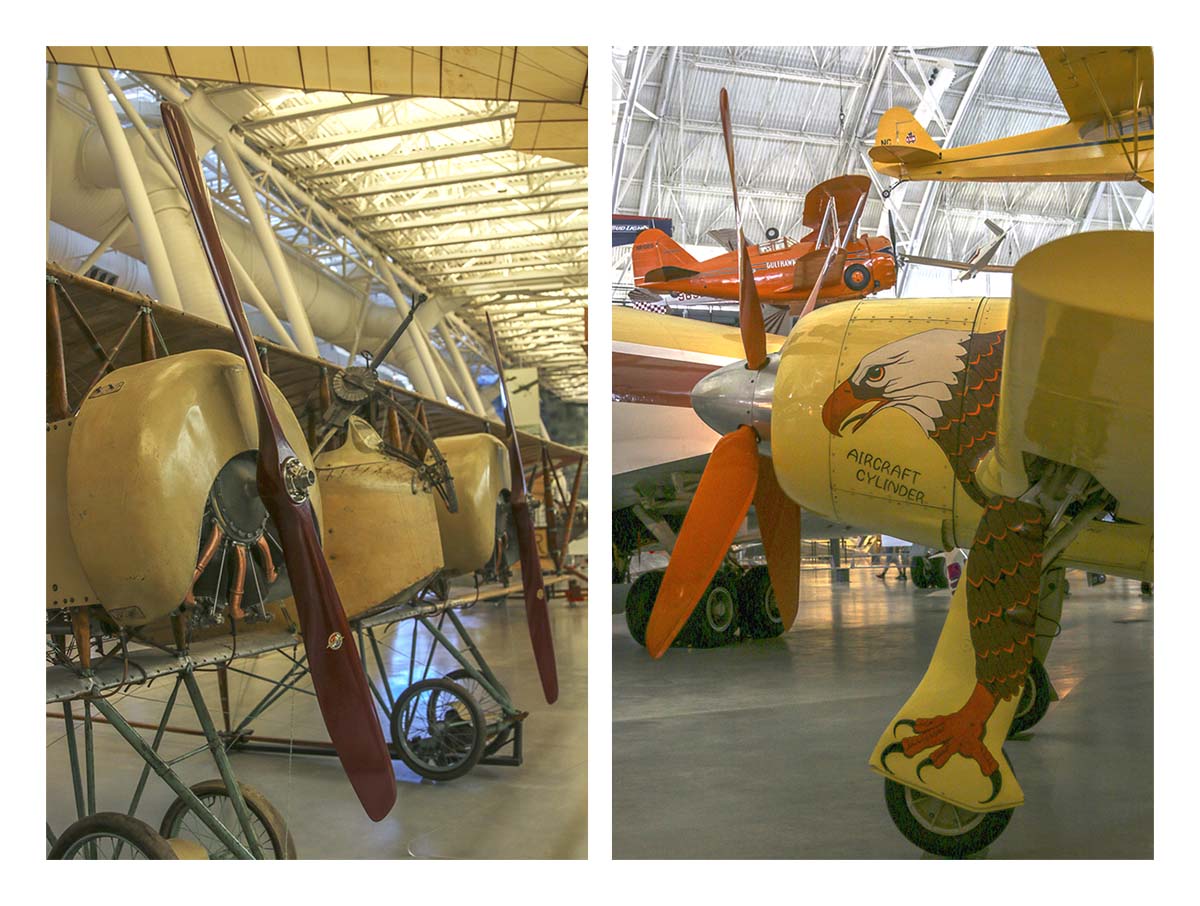
The double-engined French Caudron G.4 sits on the left , while a re-painted and modified Grumman F8F-2P Bearcat is on the right.
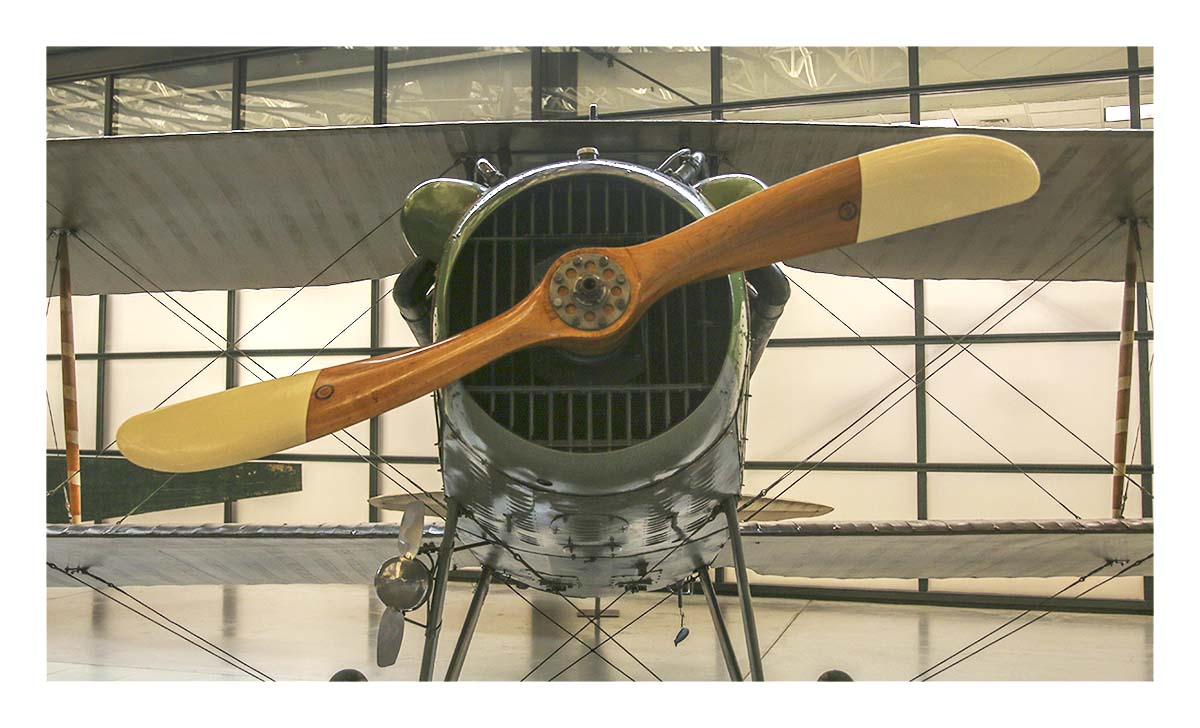
Spad XVI World War I fighter.
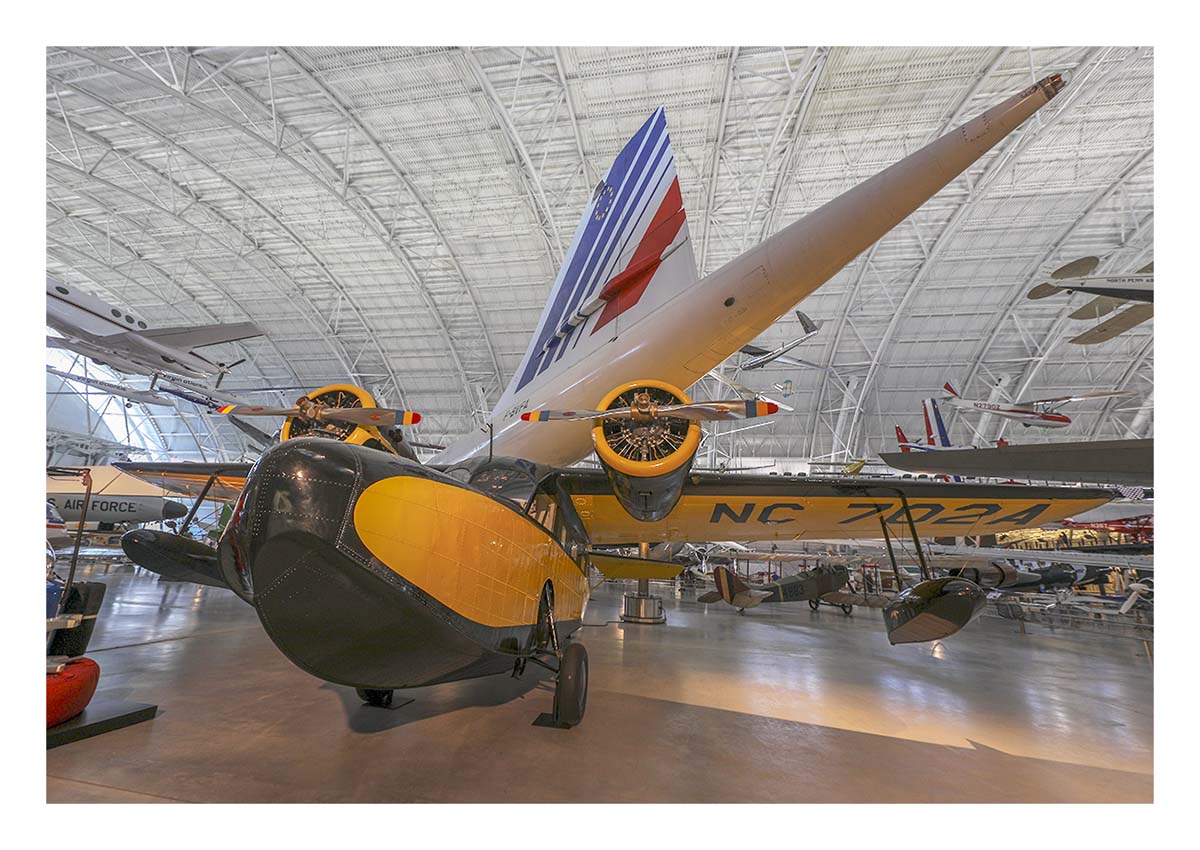
Grumman G-21 Goose.
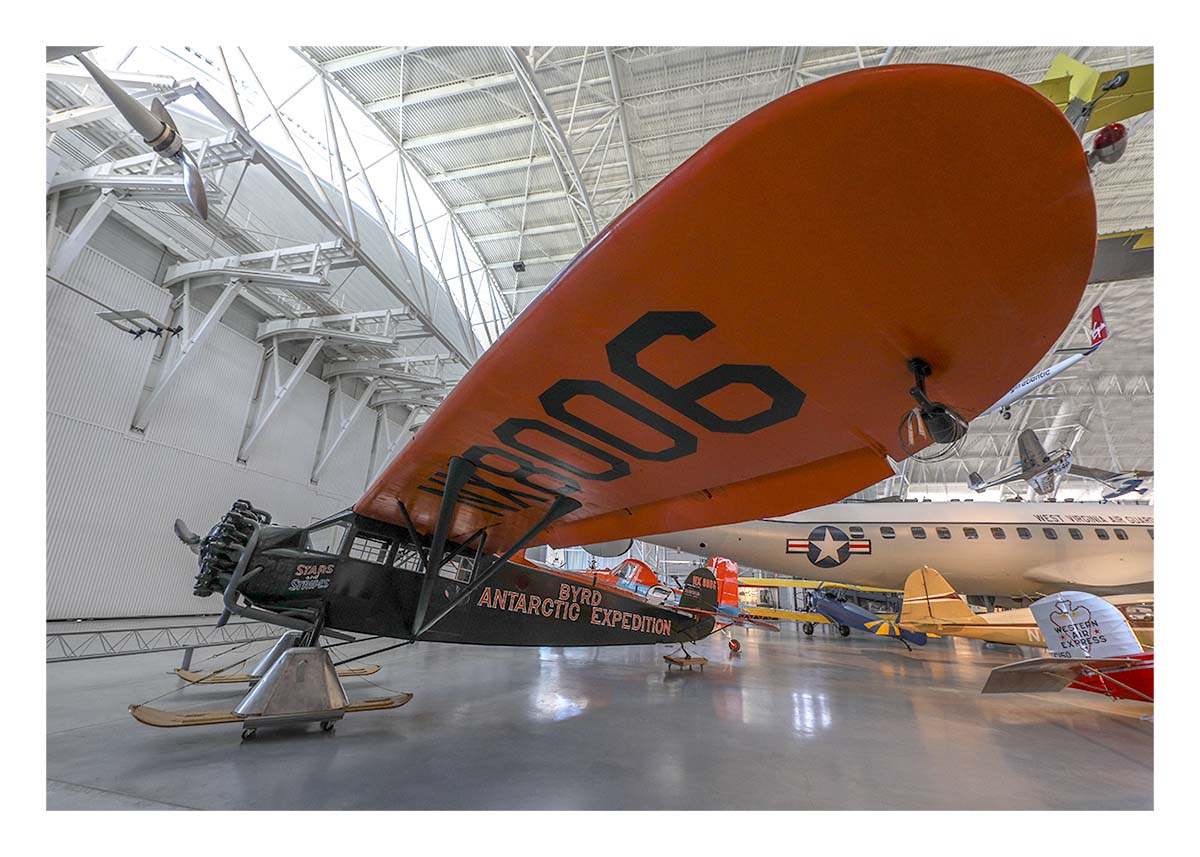
Fairchild FC-2W2 Stars and Stripes. Named Stars and Stripes by Lt. Commander Richard E. Byrd, he flew mapping and reconnaissance flights on the first and second Byrd Antarctic expeditions.
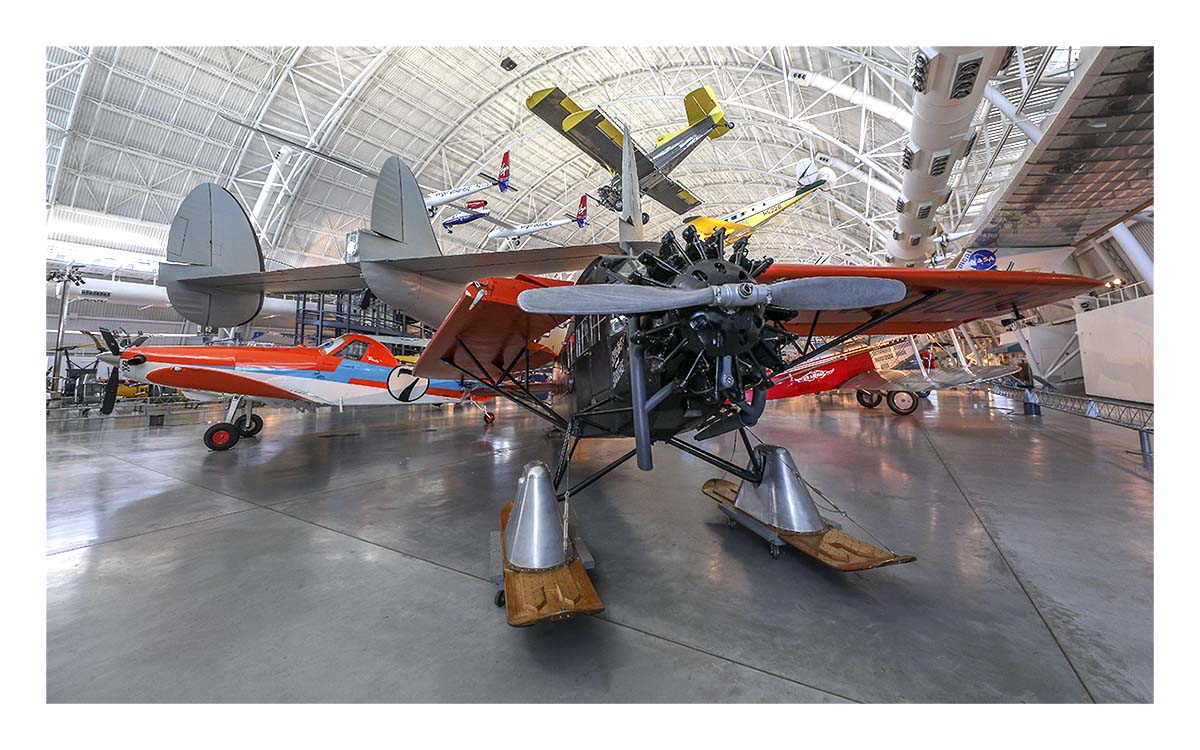
Fairchild FC-2W2 Stars and Stripes. Named Stars and Stripes by Lt. Commander Richard E. Byrd, he flew mapping and reconnaissance flights on the first and second Byrd Antarctic expeditions.
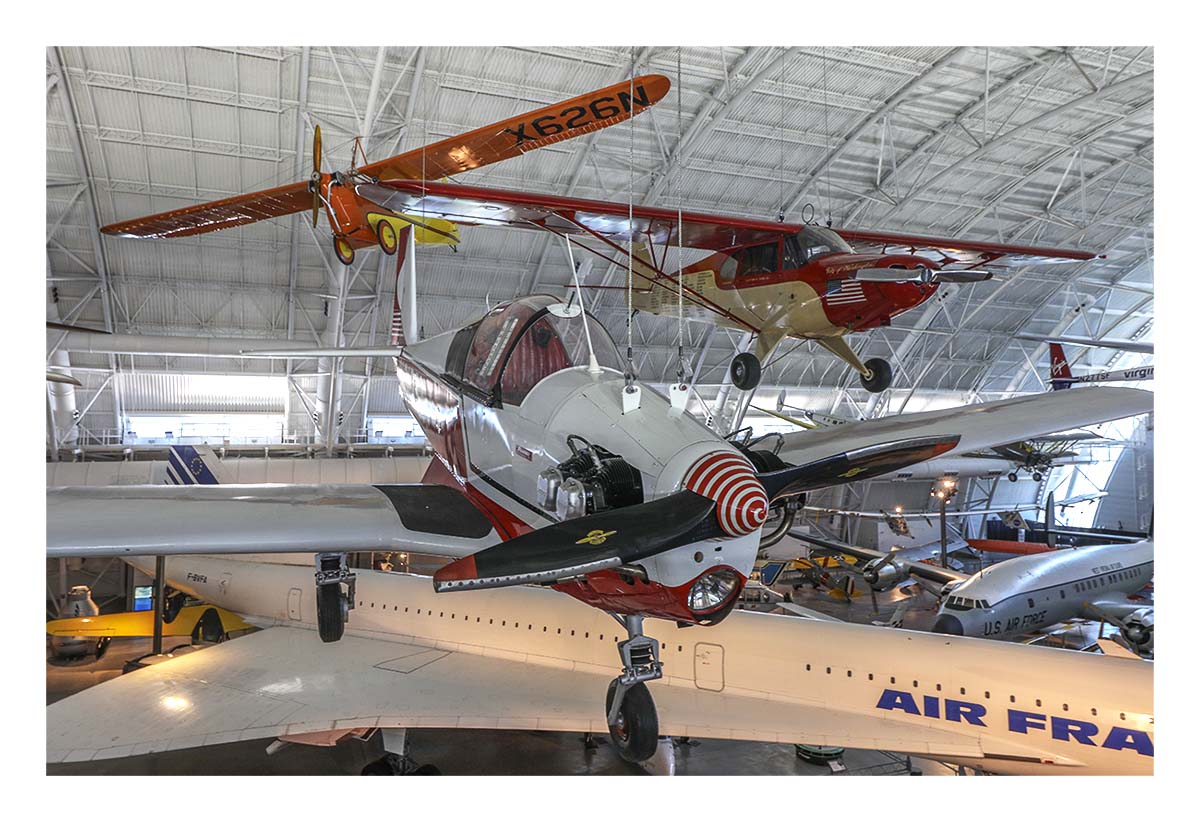
Mooney M18.
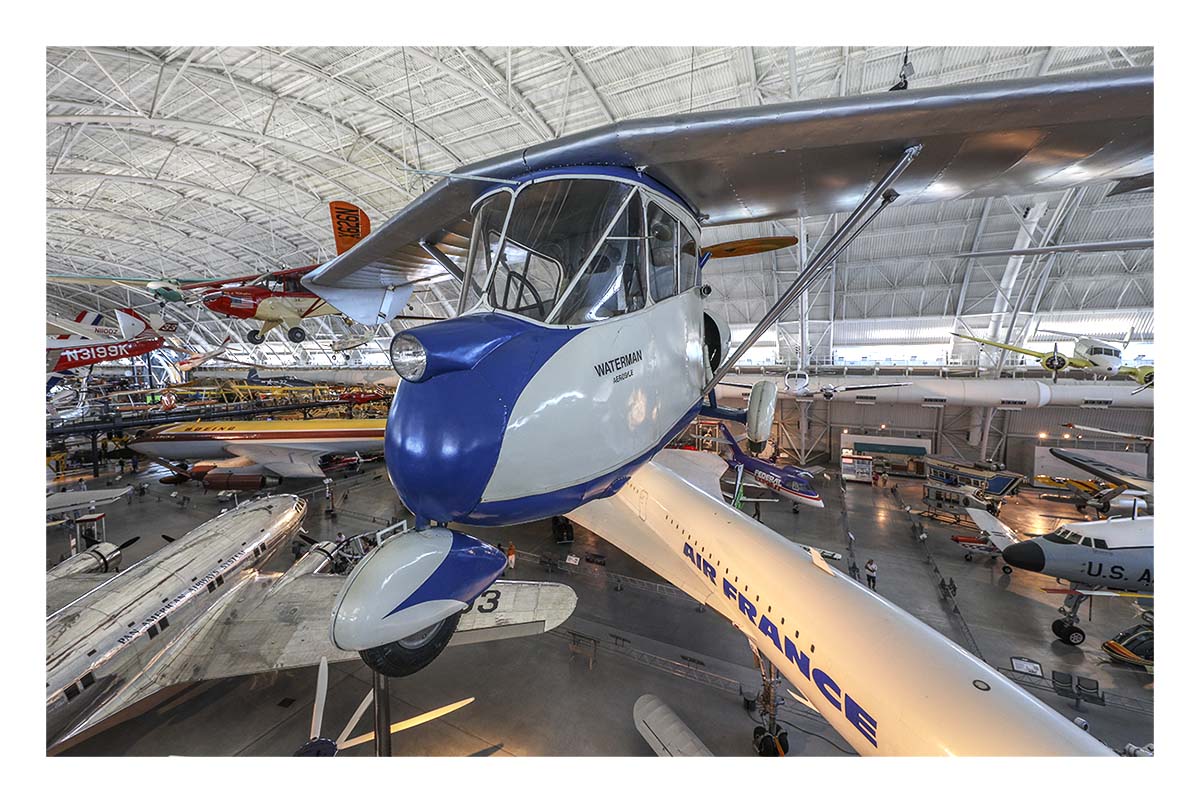
The tailless, two-seat, puher configuration roadable Waterman Arrowbile aircraft.
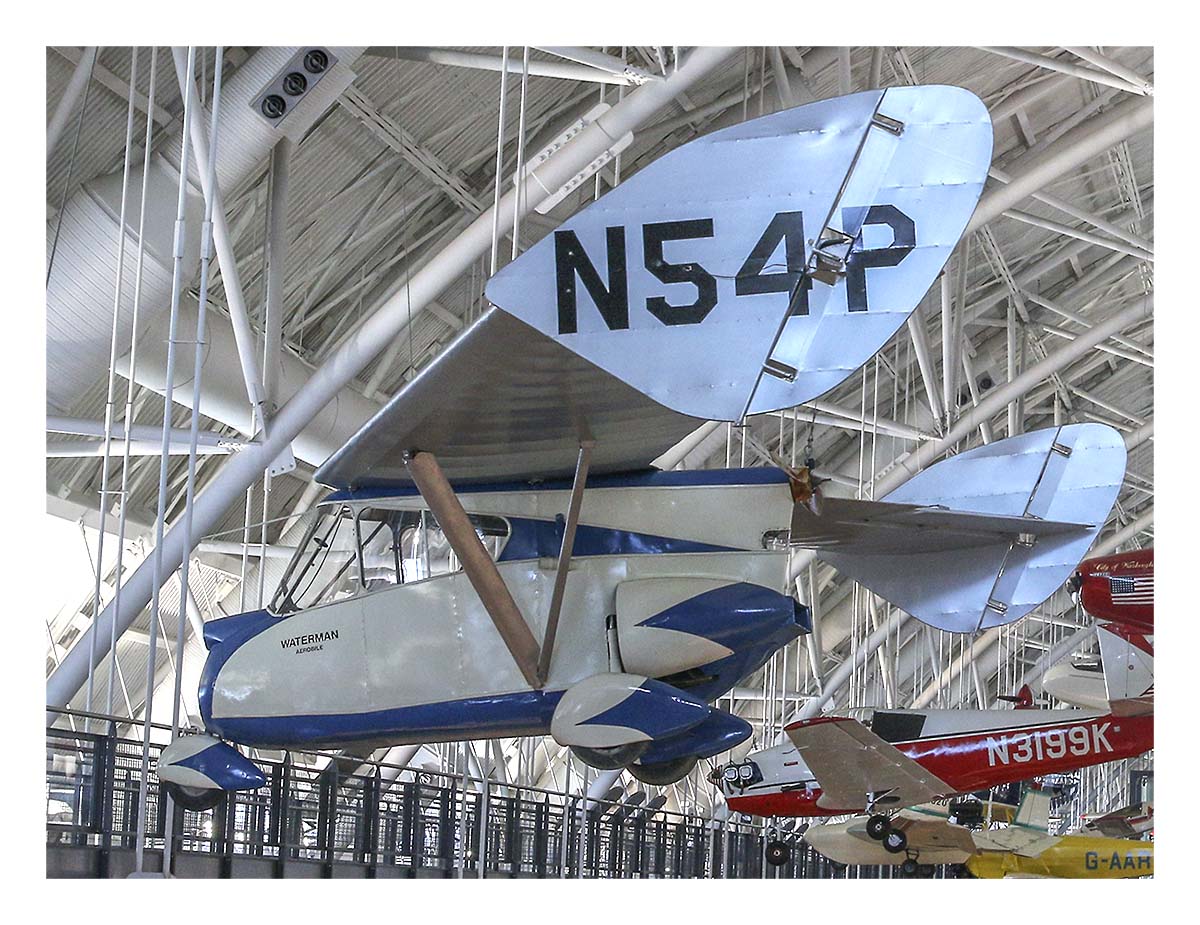
The tailless, two-seat, puher configuration roadable Waterman Arrowbile aircraft.
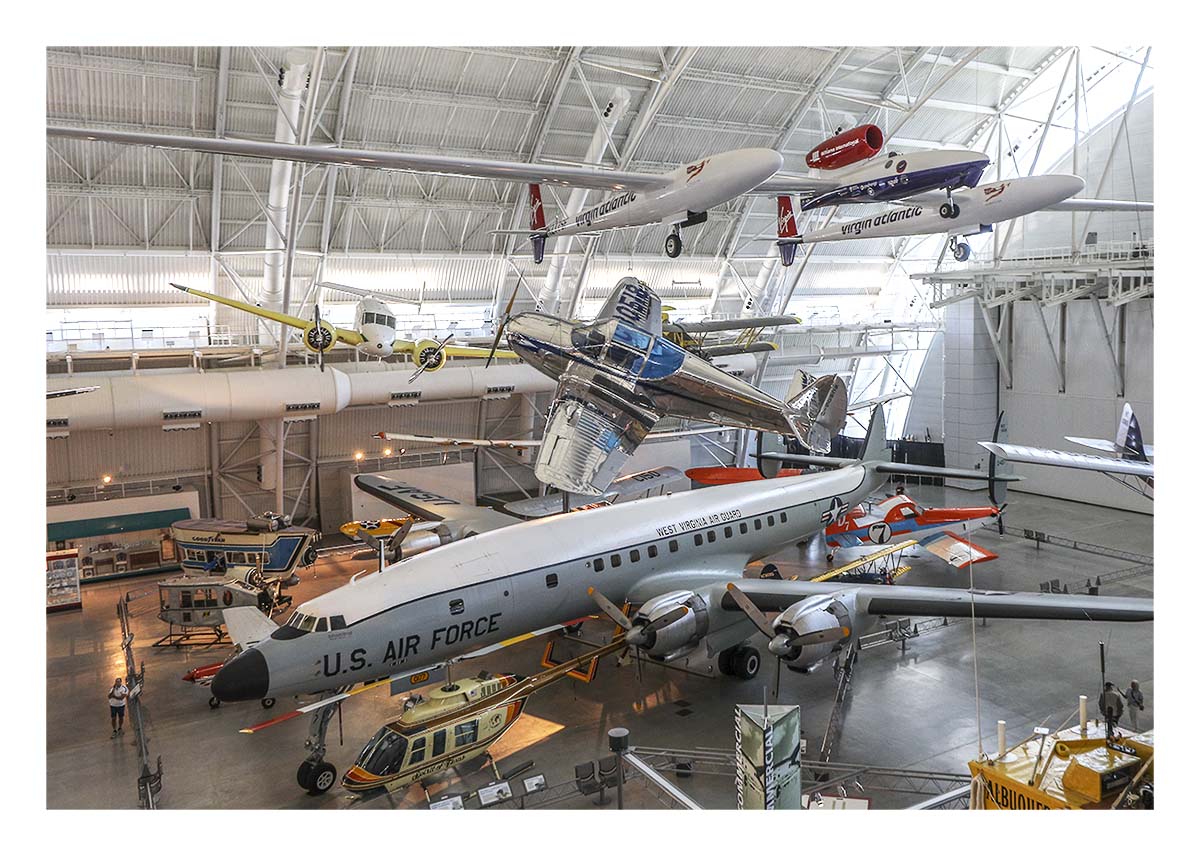
A great shot of the Virgin Altantic GlobalFlyer, Globe GC-1A Swift, Beechcraft D18S and Lockheed L-1049 Super Constallation parked on the floor.
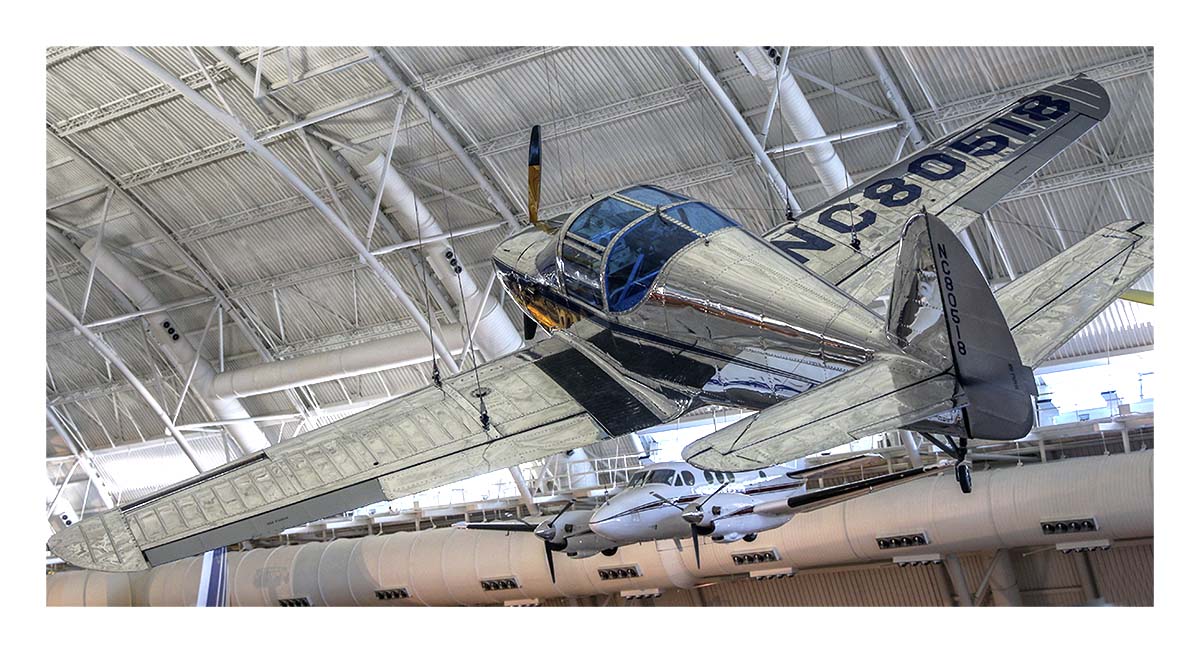
Globe GC-1A Swift.
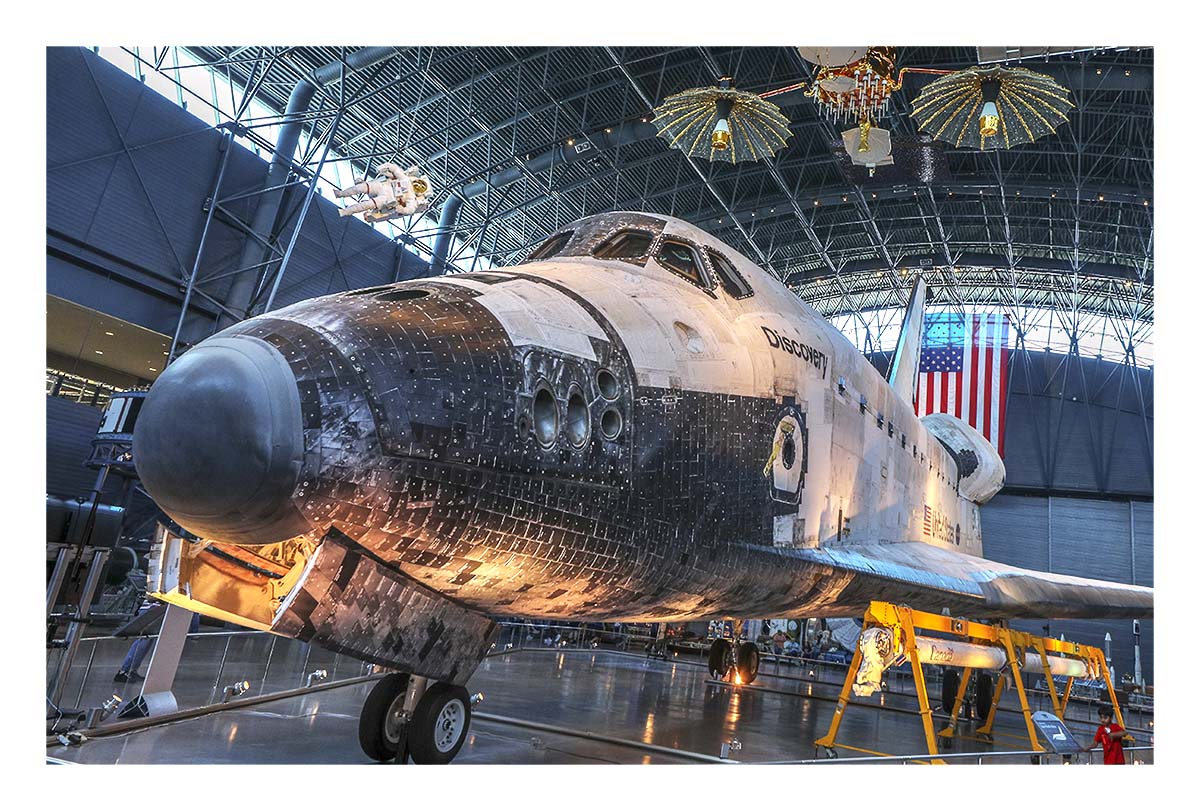
Space Shuttle Discovery. Officially classified as the Orbiter Vehicle Designation OV-103, the Discovery launched and landed 39 times over its 27 years of service.
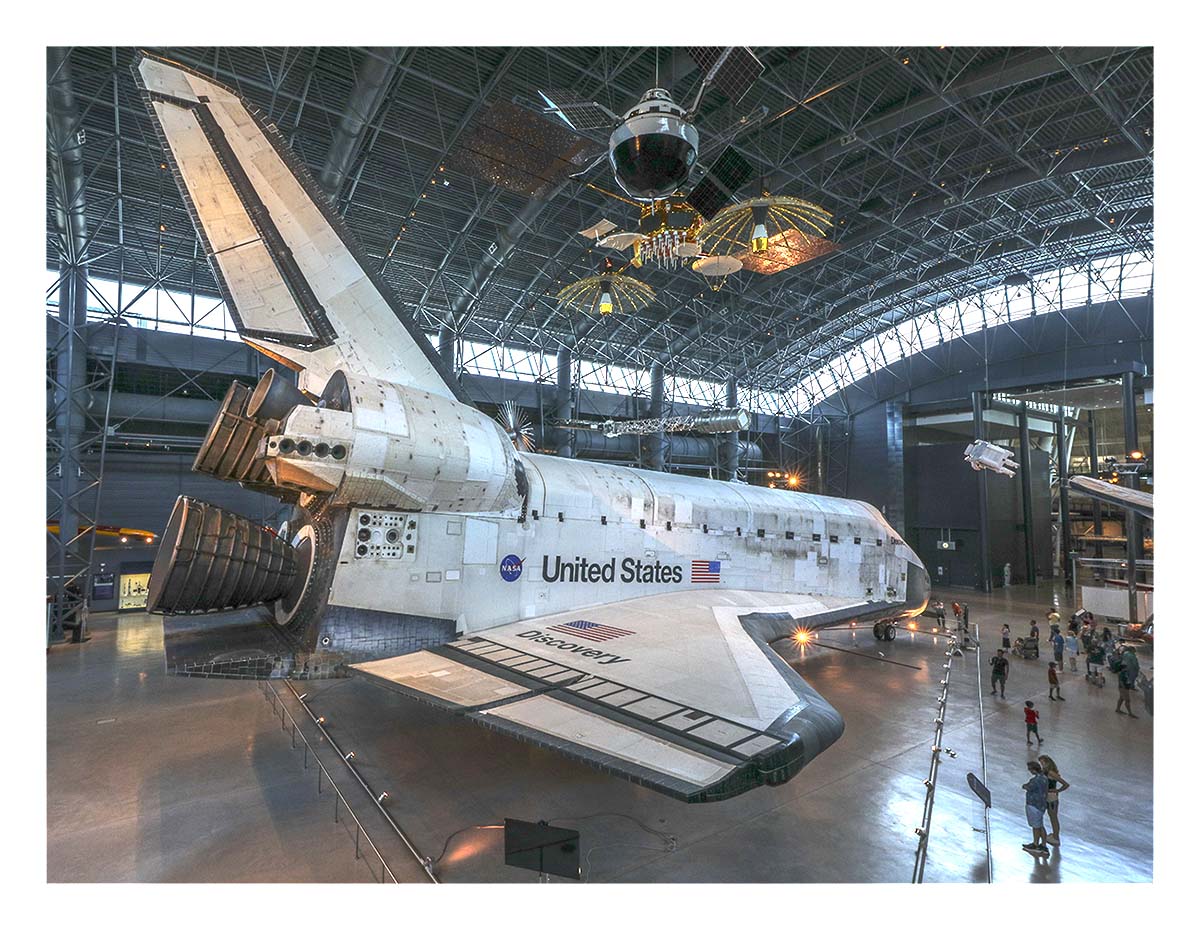
Rear view of Discovery.
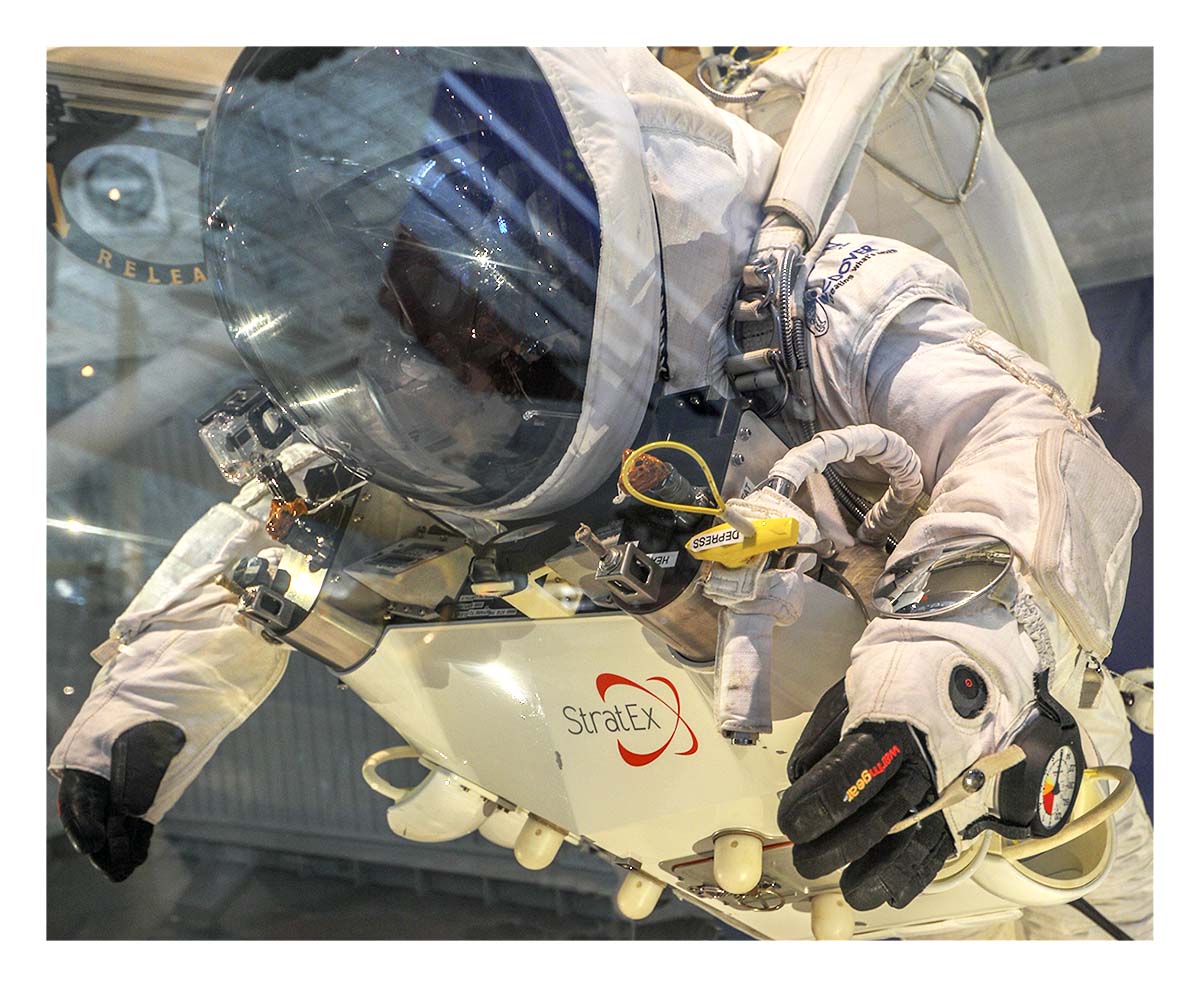
The suit that former Google executive, Alan Eustace, wore during his record-breaking freefall parachute jump from a balloon more than 25 miles above the Earth (in the stratosphere), breaking the world record for the highest free-fall parachute jump in October 2014.
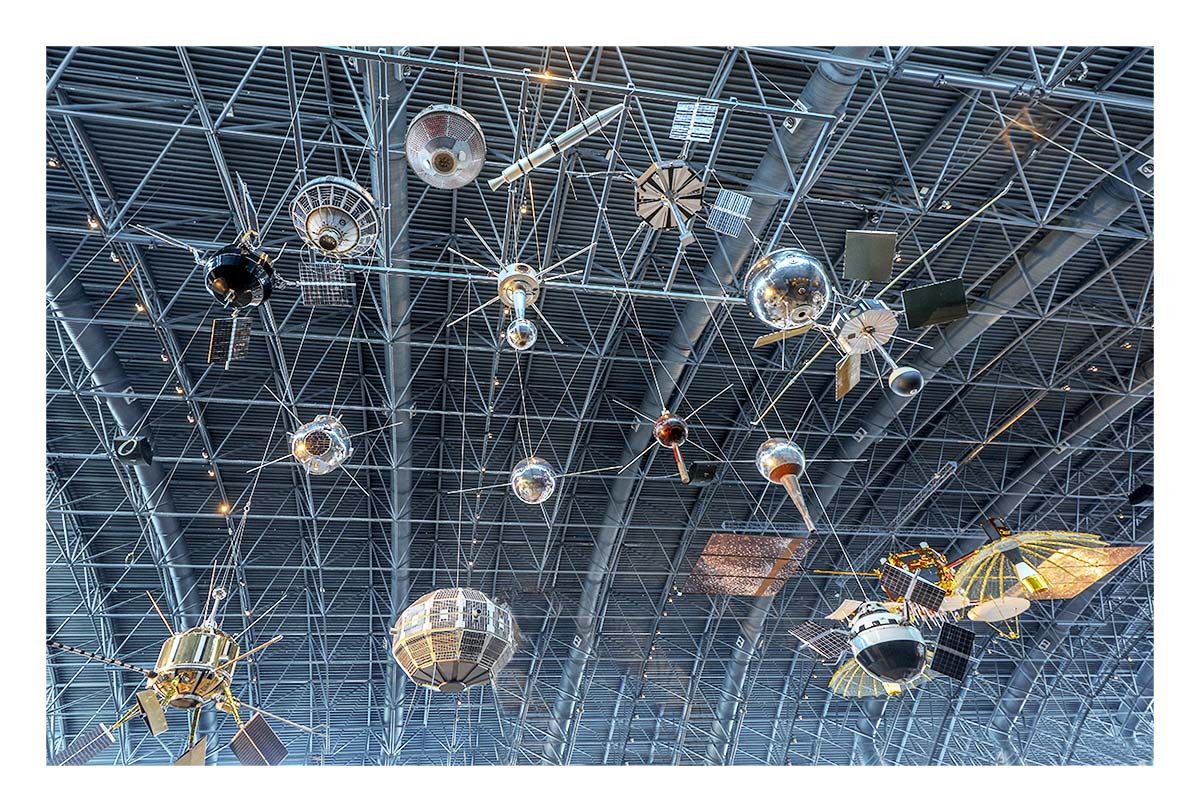
Satellites, satellites, satellites. It wasn't that long ago Spunik 1 was launched October 4, 1957 changing the way communication travels around the world. A little over a year later the U.S. sent up its first artifical satellite, the Explorer 1. Even though the Explorer 1's dying batteries would cease data transmissions only four months later, the satellite remained in orbit for 12 years circling the Earth 58,376 times before burning up on reentry.
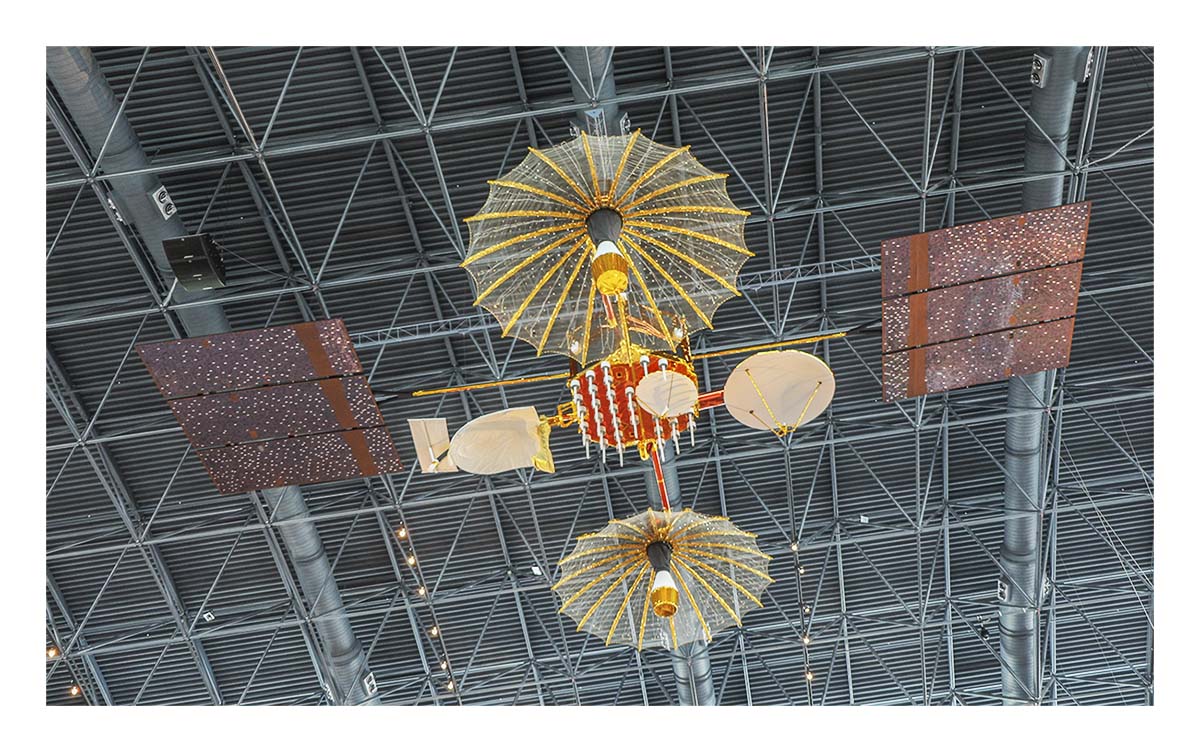
An unflown Tracking and Data Relay Satellite (TDRS).
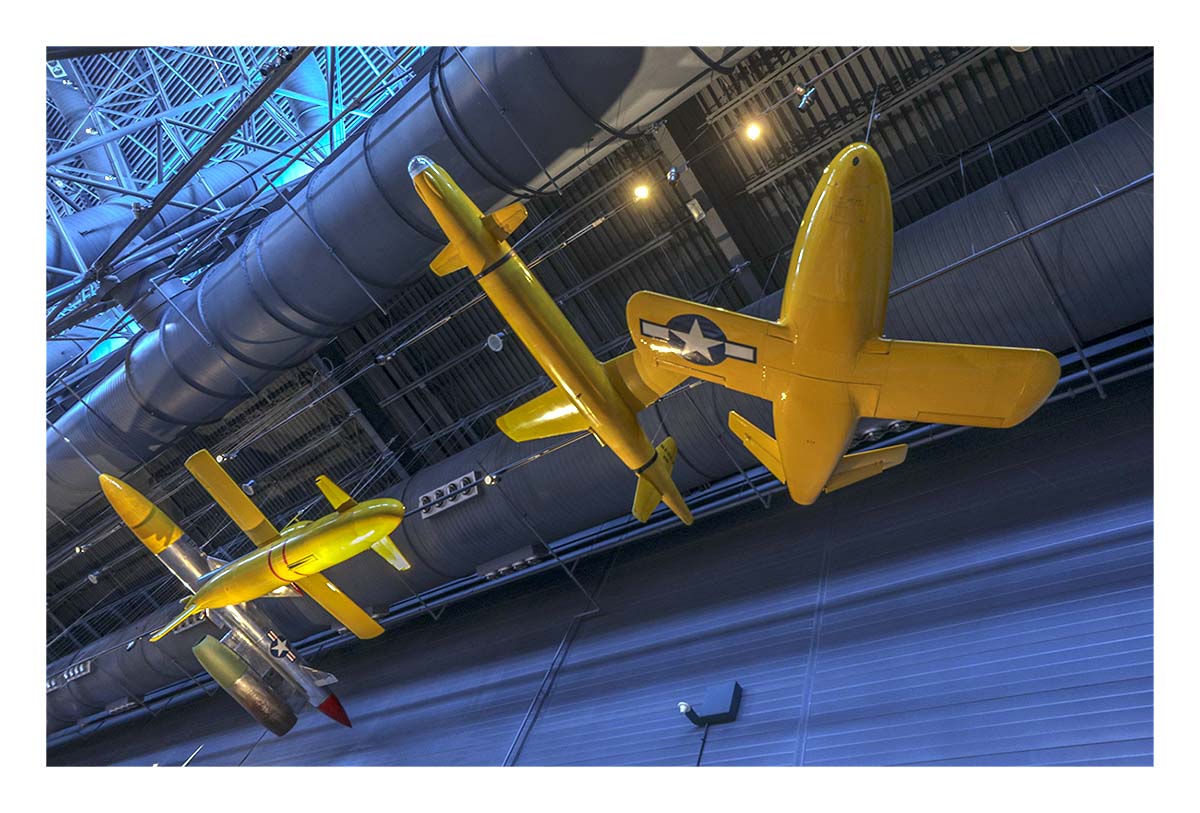
Front to back (right to left): Gargoyle (air to surface), Gordon IIA (air to air), Gordon 2C (ship to surface) and PTV-N-2 Gordon IV (air to surface) missiles.
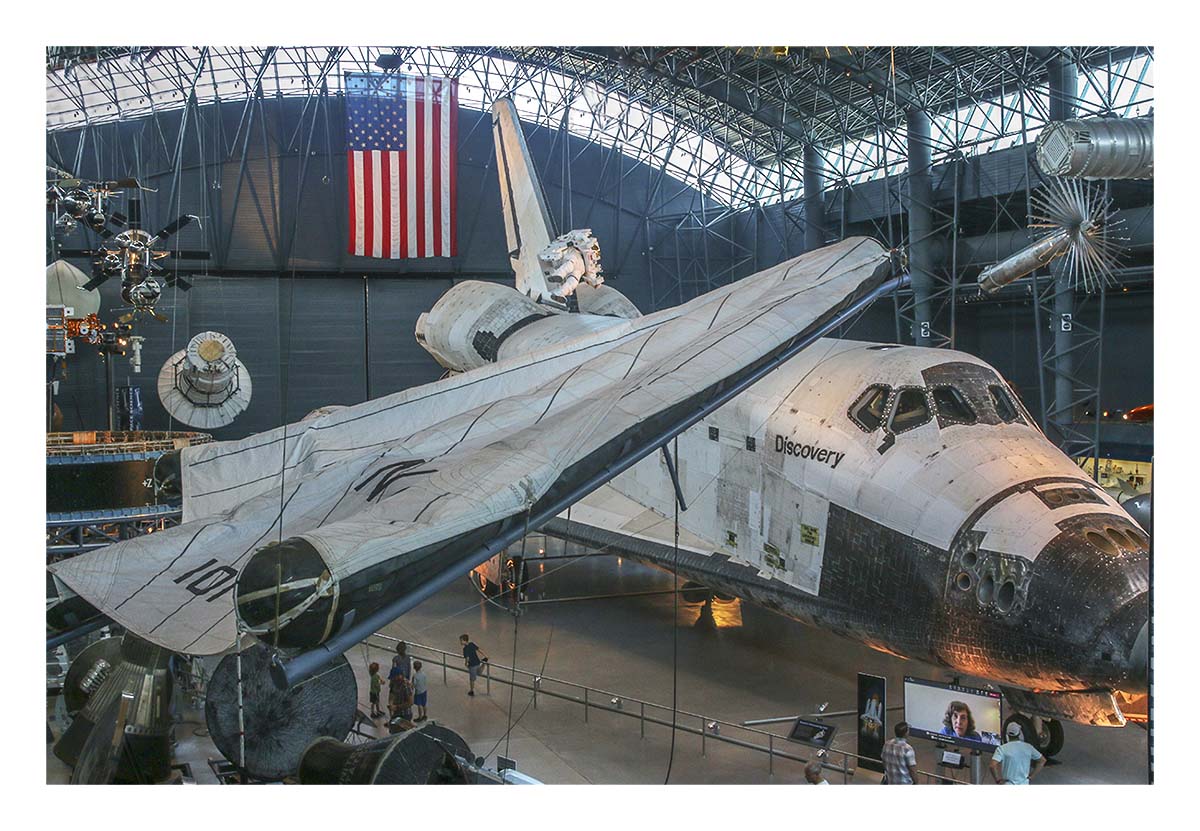
A Paresev. NASA used the Paresev to develop the technology of landing the two-man Gemini capsule on land. Tested by astronauts Neil Armstrong and Virgil "Gus" Grissom among others, the paraglider was towed and released at an elevation between 5,000 and 12,000 feet. Utilizing three different wing designs, NASA decided to remain on a proven parachute and water landing
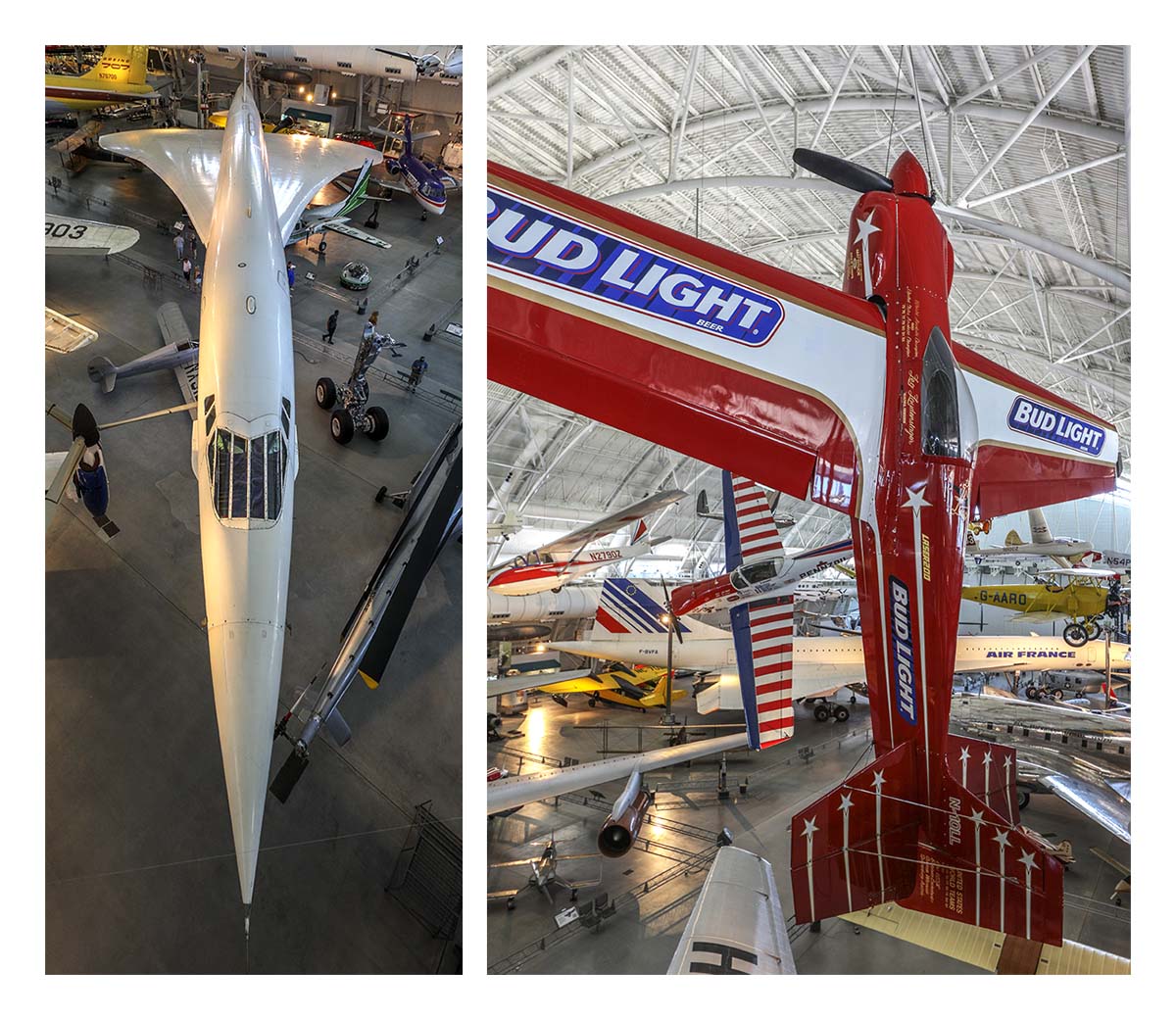
The Air France Concorde F-BVFA is seen in the left images, while the aerobatic monoplane, the Loudenslager Laser 200 occupies the right slot. The Laser 200 is constructed of steel tubing covered with Ceconite fabric. Ceconite extra heavy-duty fabric is used on aircraft producing very high wing loading.
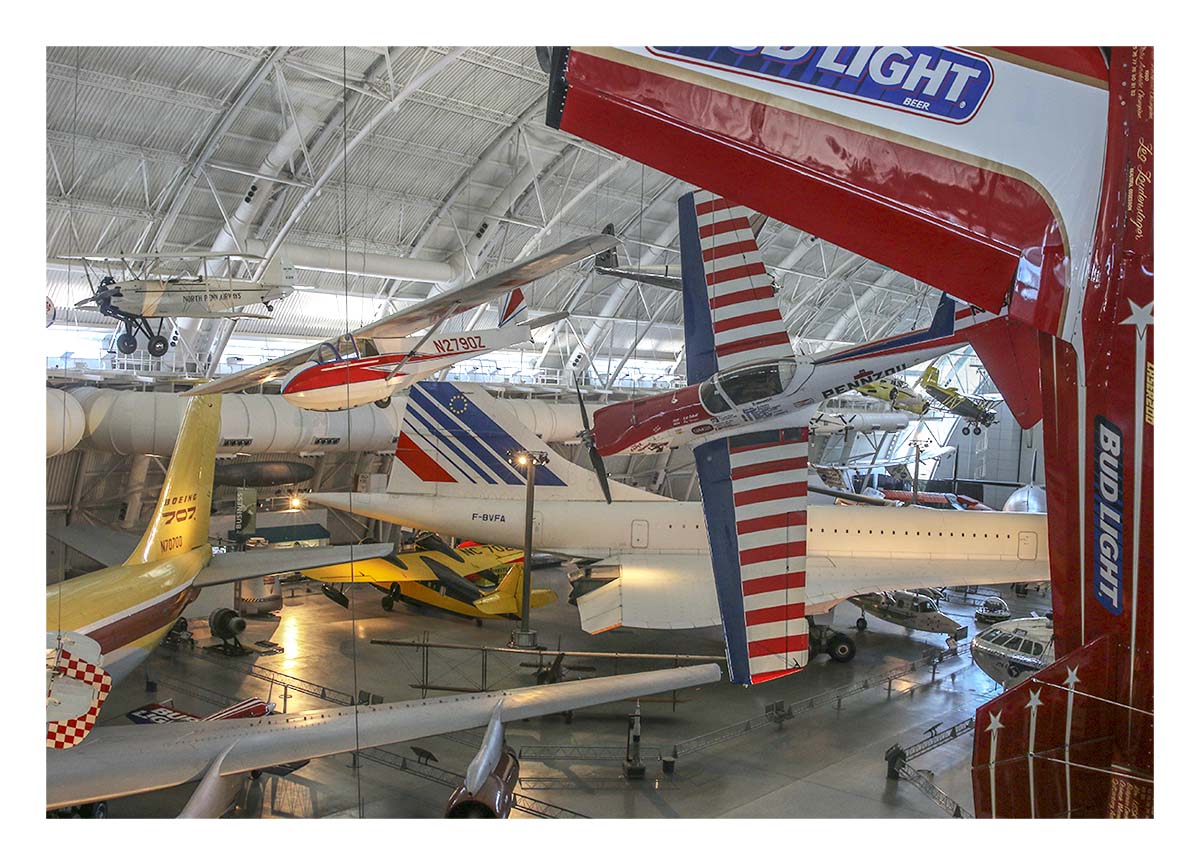
There is no lack of aircraft of all configurations in the museum.
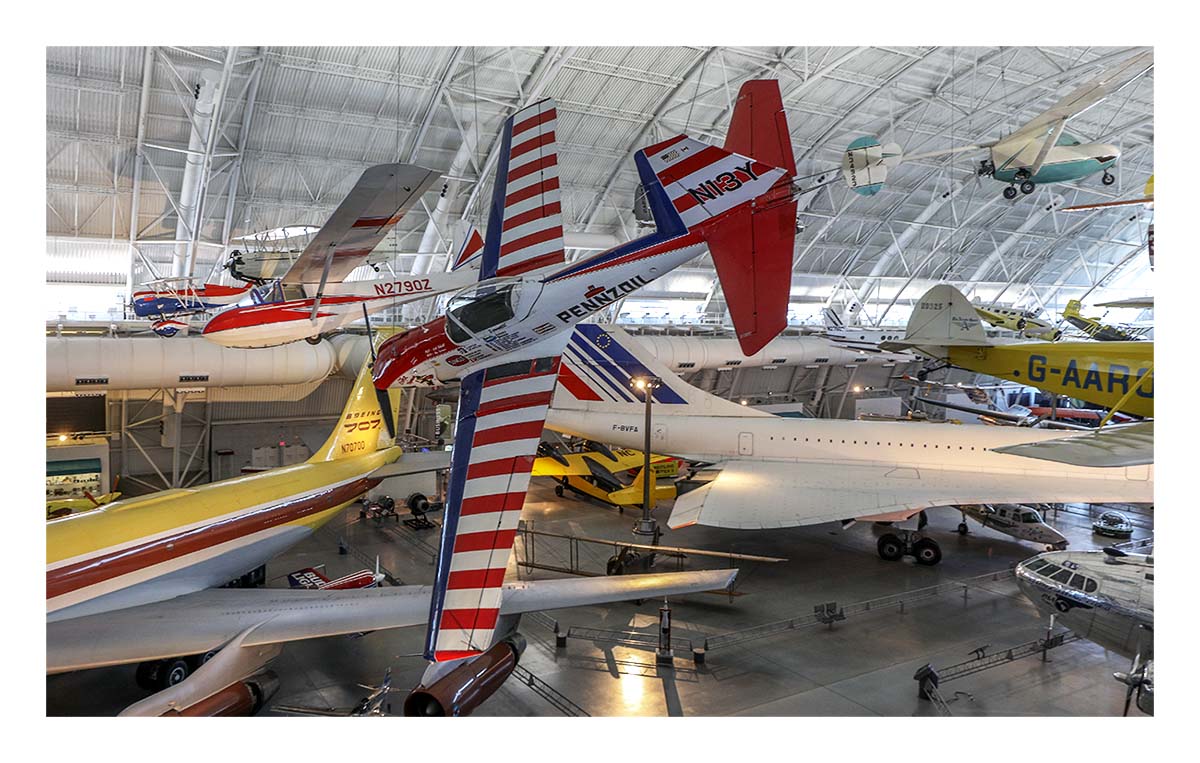
The De Havilland-Canada DHC-1A Chipmunk, Pennzoil Special. Movie and veteran aerobatic pilot, Art Scholl, flew the Pennzoil Special throughout the 70s and early 80s at numerous air shows, demonstrating the Chipmunk was a top-notch aerobatic aircraft design.
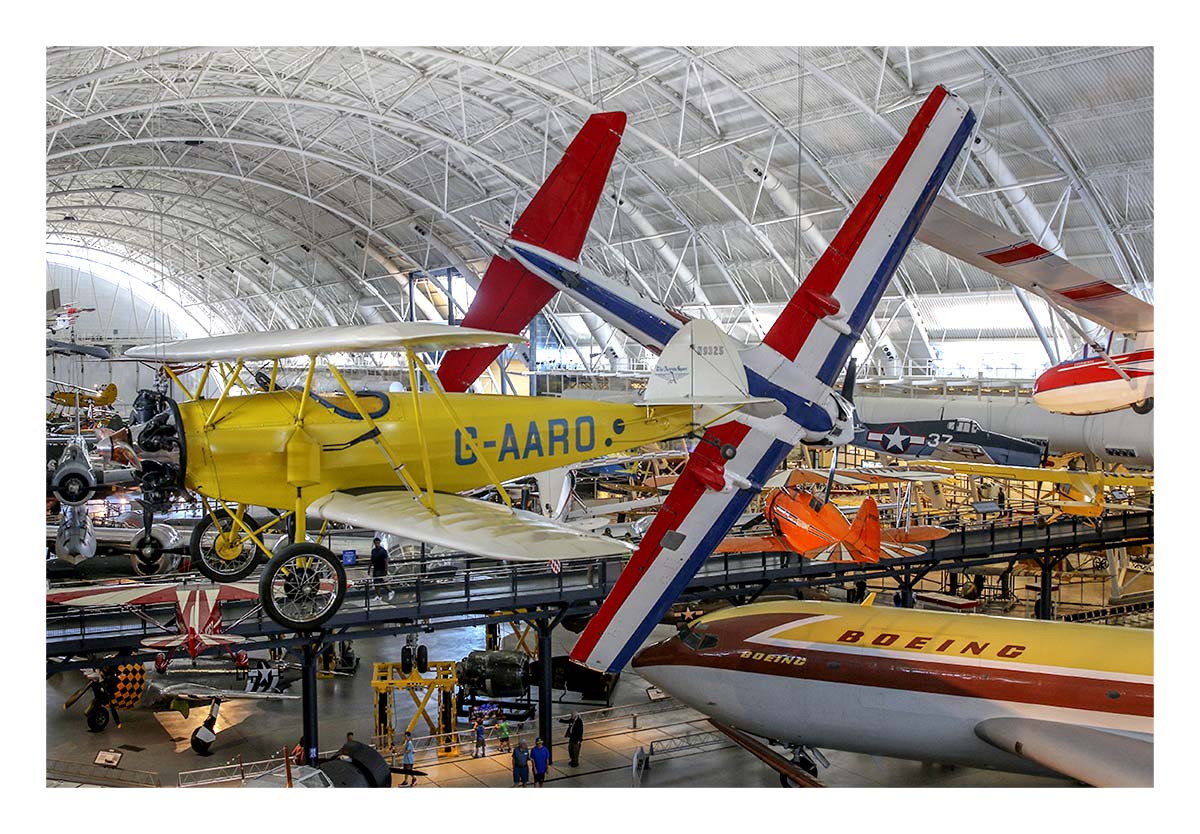
Arrow Sport A2-60 biplane.
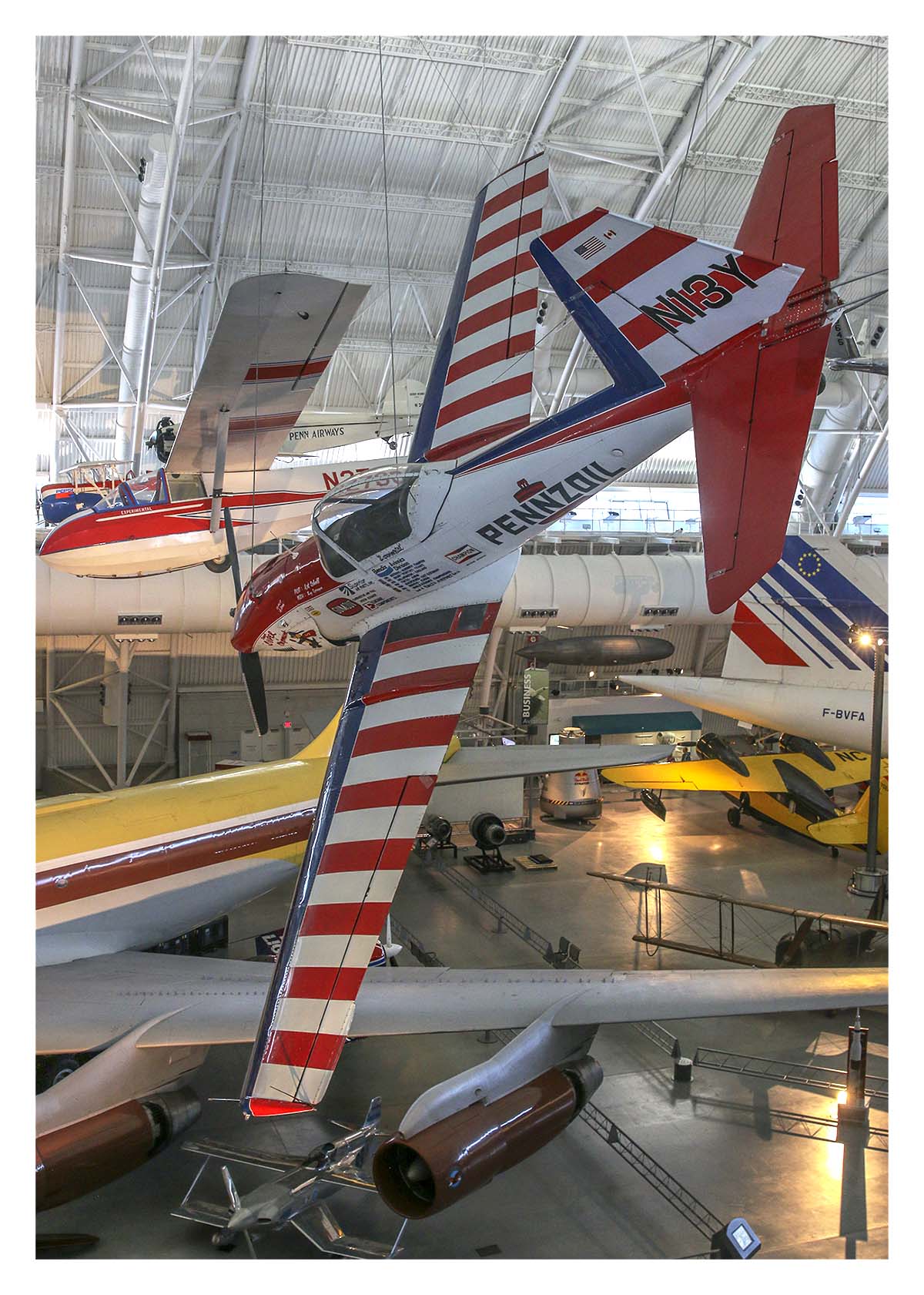
Close-up view of the De Havilland-Canada DHC-1A Chipmunk, Pennzoil Special.